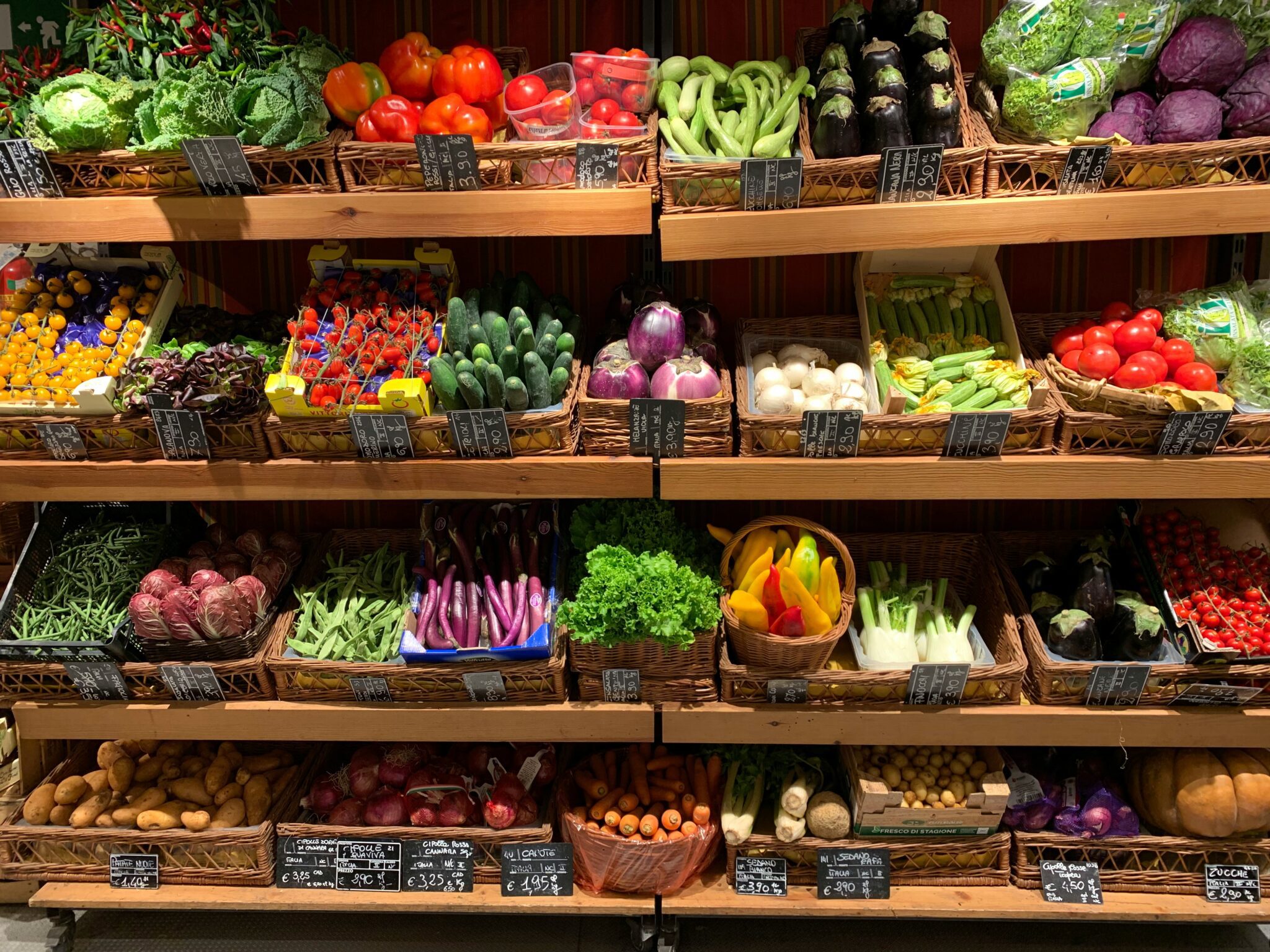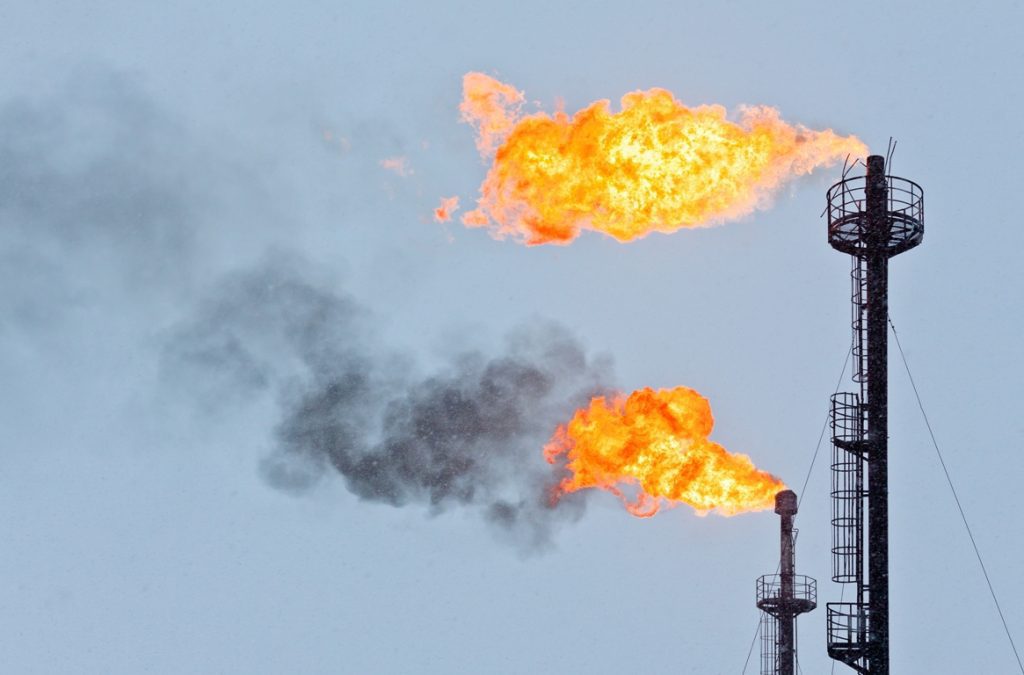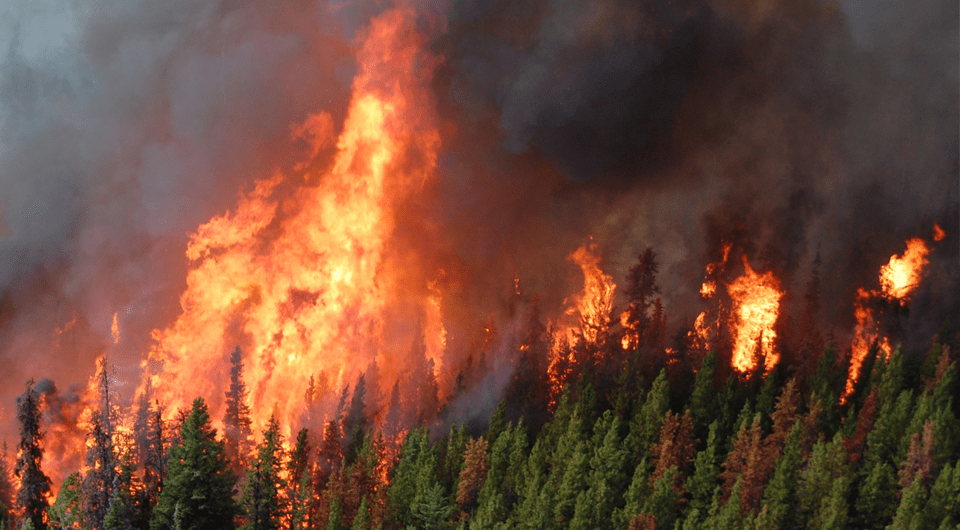Grocery prices keep going up, and it is hurting our wallets.
You may have noticed getting price-gouged at the grocery store, but you may not realize that climate change is one of the main reasons why food prices are increasing.
Canada imports many of the common items you see on grocery store shelves. For example, 80% of all fruits and 58% of all vegetables that Canadians eat are imported from other countries. This can make prices on our grocery store shelves vulnerable to the climate-related droughts and crop failures that are happening in other countries that we import from.
What kinds of grocery items are being affected?
Have you noticed that the price of coffee and chocolate recently went up? Climate change driven droughts in West Africa and Southeast Asia, where coffee and cocoa are grown have significantly reduced supply, and caused prices to rise.


The price of household staples like olive oil and wine have also gone up significantly for the same reason. Climate change driven heat waves in Spain, Italy and Greece where olives and grapes are harvested have recently led to one of the smallest harvests in decades.
India is the largest exporter of rice in the world. Dry conditions linked to climate change have caused a much smaller harvest than usual, causing the price of rice in India to skyrocket. In response, to protect local supply and reduce prices, the Indian government imposed stringent export restrictions, causing the price of rice at Canadian grocery stores to go up.
Here at home, droughts have hurt cattle ranchers in Alberta. The lack of green pasture lands has meant ranchers are downsizing their herds due to a lack of grass for grazing. This has caused the price of beef to go up.


How is shipping being affected?
Climate change is also causing the price of shipping to increase. Droughts have caused very low water levels in the Panama Canal, one of the most important shipping routes in the world. This has forced authorities to slash ship crossings by 36 per cent, creating a shipping traffic jam that results in longer delays and higher prices for imported goods. Receding water levels in the Rhine river in Germany has caused the same problem to hit one of Europe’s most important trade routes.
There is also significant evidence that corporations can take advantage of price increases due to supply chain disruptions like these to hike prices further and increase their own profits.
Overall, researchers warn that climate change could potentially increase food prices by up to 3.2 per cent every single year.


What are the solutions?
Ultimately, the growing cost of climate change, reflected in rising grocery prices, should remind us that this global crisis isn’t just something that affects someone else, far away. It affects all of us here at home, right now.
The reality is, one of the biggest drivers of inflation is the volatile price of fossil fuels. Getting off fossil fuels, and taking action to reduce carbon pollution is one of the best ways to beat inflation. Climate solutions like shifting to public transit, electric vehicles, building renewable energy and installing heat pumps are all ways to save money and tackle one of the root causes of inflation at the same time: climate change. Find out more about how climate action can help make life more affordable.








